
Brands Have No Idea How to Work With YouTubers | The PetaPixel Podcast
Last week's "Team Pixel" situation highlighted a widespread issue in the technology space that negatively impacts many reviewers and the people who watch their content.

Last week's "Team Pixel" situation highlighted a widespread issue in the technology space that negatively impacts many reviewers and the people who watch their content.

Benro's new SupaDupa 72 Carbon Fiber Monopod is tall, rugged, and built for demanding photographers with heavy camera equipment.

A photographer assigned to take the official panoramic photograph for the 2024 Democratic National Committee (DNC) used a 100-year-old camera that requires the delegates to sit still for 22 seconds.

Blackmagic announced the final release of DaVinci Resolve 19, the latest version of the popular video editing platform.
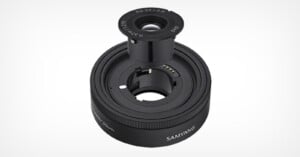
Samyang has announced the world's first optical exchange autofocus lens. The innovative lens allows photographers to replace the internal optical system, enabling photographers to quickly swap between various prime focal lengths without having multiple lenses.

Sirui's new $499 One-Step Height Adjustment Twin-Leg tripod kit is designed to meet the needs of high-end, professional videographers and photographers.
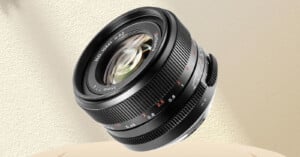
Chinese lens maker 7Artisans has announced an entirely redesigned 35mm f/1.4 Mark III lens for full-frame mirrorless cameras.

Pencilera is a new free, open-source iPad app that turns an Apple Pencil into a camera remote.
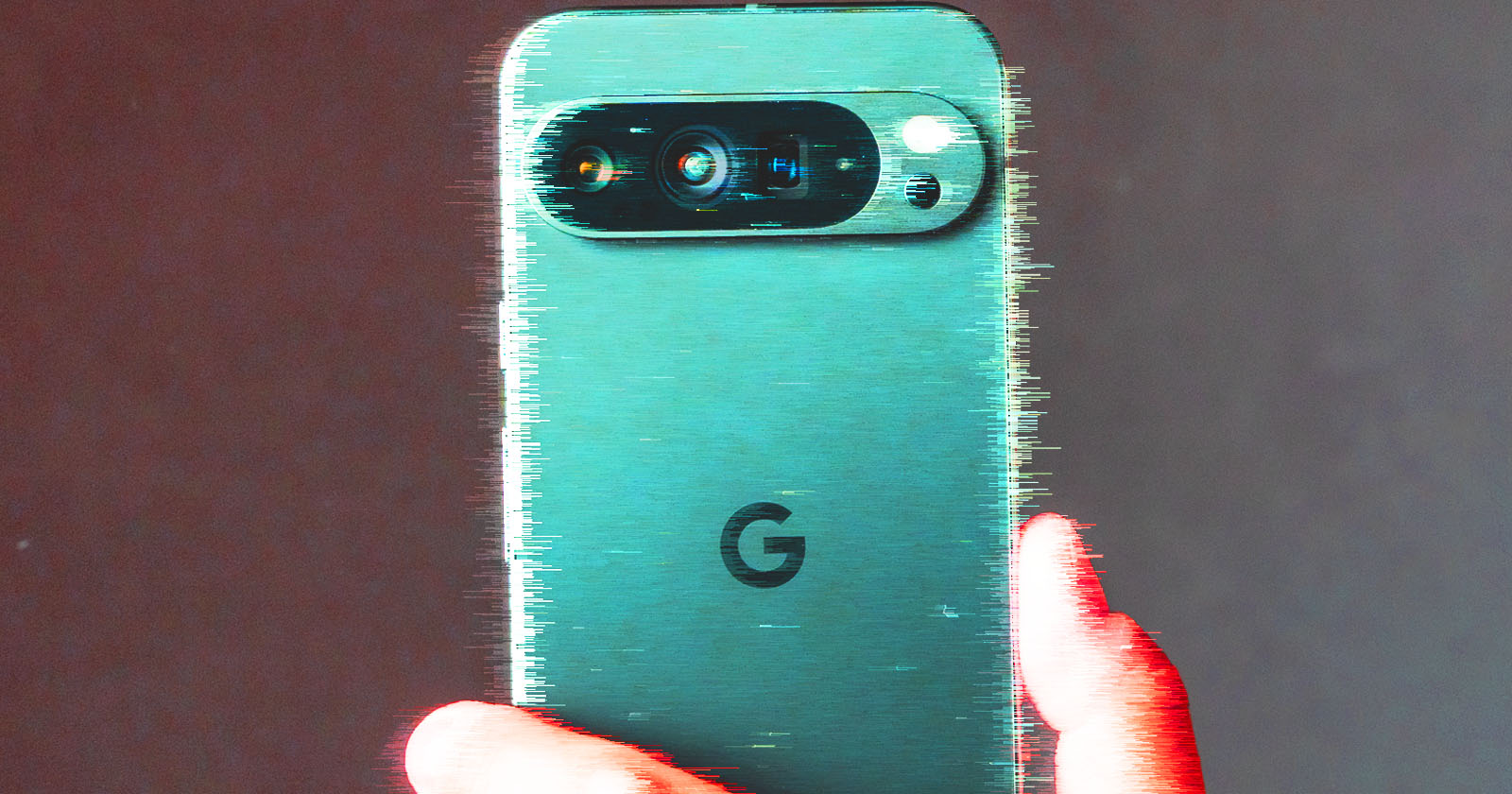
Pretty much as expected, Google leaned hard on the AI capabilities of the Pixel 9 series as selling points over major hardware improvements (a nice new design notwithstanding), but its implementation of these -- especially the generative AI additions -- lacks anything close to the proper levels of disclosure they needs.

Photographer Aaron Watson, who goes by Skies Alive Photography, has seen many incredible things in the night sky. His latest sighting is a rare double "moonbow," a rainbow created by bright moonlight in precise conditions.
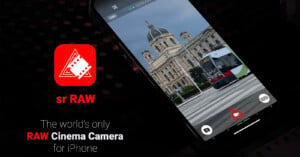
Vienna, Austria-based Swiss Rig announced the sr RAW Cinema Camera app, which it claims is the first to bring RAW cinema recording to the iPhone.
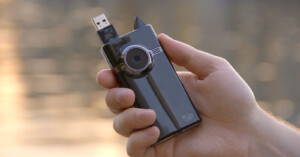
The Flip Video cameras took the world by storm in 2006. And like most storms, damage was left in Flip's wake to the tune of a $300 million loss. YouTube creator Krazy Ken of Computer Clan takes a deep dive into the wild story of Flip's dizzying heights and shocking lows in his newest video.
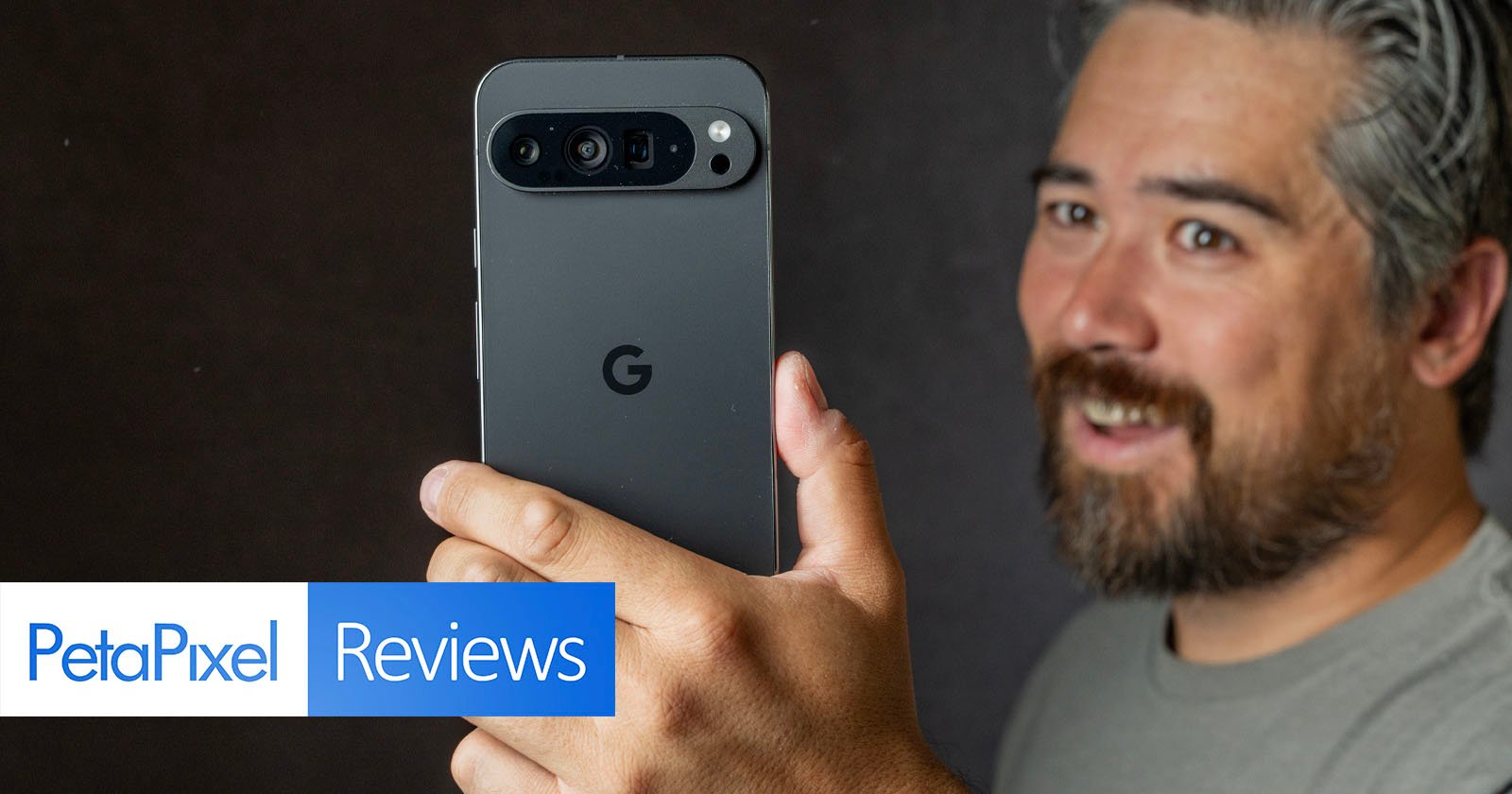
As I write this, there is a Pixel 9 Pro XL in my hand with a beautiful, newly designed camera bump -- but what's inside is largely the same as what we've seen before. Sure, Google says they're more durable, have a longer battery life, and feature a redesigned imaging pipeline from the sensor to the photo, but what is the real improvement from last year's model? Well, some would say that the improvement isn't real at all, because the Pixel 9 is all about the powerful new generative AI tools added to the Magic Editor.

WeTransfer has announced it has added the option to extend the expiry date of a download link in a move that will be welcomed by the photography community.
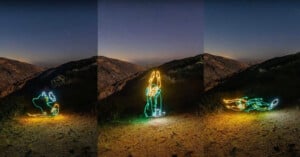
A photographer has made a unique tribute to Australian breakdancing sensation Raygun by recreating the memorable routine she performed at this summer's Olympic Games.

PolarPro's new LightLeak lenses promise to bring back the "timeless feel of analog photography" for a digital audience.

Canada has handed a $22,000 fine to a film crew who illegally flew their drone next to a pod of orcas.

LumaTouch announced version 5.0 of the mobile video editing app LumaFusion which adds enhanced keyframing and speed ramping as well as a host of other updates.

Fans have spotted a cameraman accidentally appearing in an iconic scene in Harry Potter and The Chamber of Secrets -- and the blunder may be down to the changing aspect ratios in cinema.

When shooting on a digital camera, it’s considered fairly standard practice to shoot in a raw format or raw + JPEG. The reasoning for this is simple: shooting in a raw format like Nikon’s .NEF, Canon’s .CR3, or Sony’s .ARW will record the full, unprocessed, unadulterated data from your camera’s sensor, preserving as much dynamic range and detail as possible allowing you maximum flexibility in post to push and pull the image before exporting it as a JPEG or PNG.

Scientists need people's help hunting for black holes. The aptly named Black Hole Finder app challenges members of the public with sorting through images to help search for black holes in deep space.

Back when Instagram started, it was famed for its square photos. But times have changed as the photo-sharing platform has embraced Reels more and more. Nowadays, most users upload imagery in portrait orientation.

In April, developer Alex Fox released Mood.Camera, an iPhone camera app that promises authentic filmic character for smartphone photos. A new update has added Portrait Mode, and it looks fantastic.
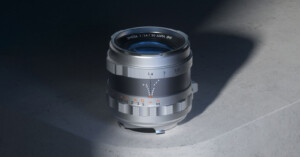
Thypoch, a relative newcomer to the lens world, has made a strong impression with its impressive M-mount lenses, the Simera 28mm f/1.4 and 35mm f/1.4. The company is back with a new, longer prime lens, the Simera 50mm f/1.4.

A new independent movie called Camera centered around film photography and how it can bring people together is currently available to stream on Amazon and Apple.
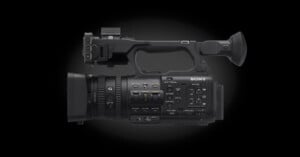
Sony has announced two new handheld camcorders, its first new “handycams” in many years. The new PXW-Z200 and HXR-NX800 models promise some of the professional-grade Alpha camera technology found in cameras like the FX30, FX3, FX6, and FX9 in an all-in-one camcorder.